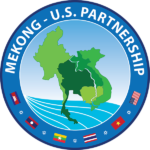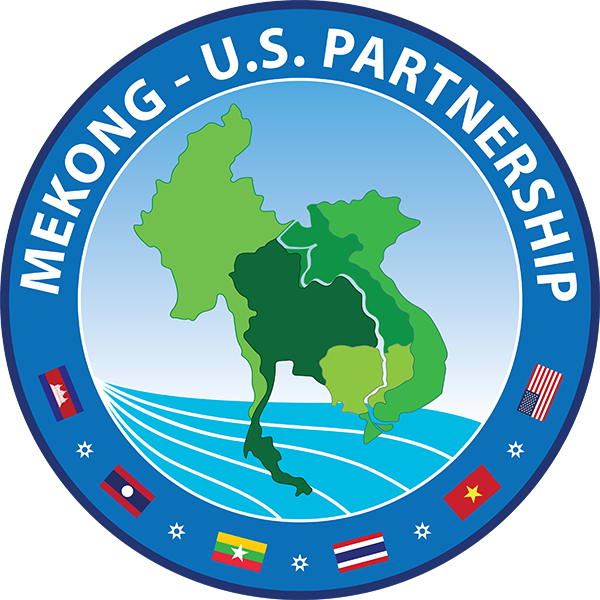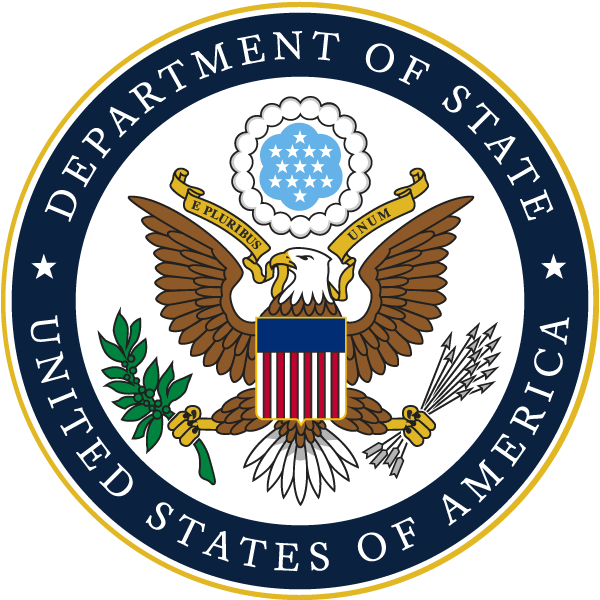By William E. Todd, U.S. Ambassador to the Kingdom of Cambodia
My sincere appreciation goes out to our Cambodian readership for your thoughtful questions and ideas that help maintain our focus on important issues. Before I answer this week’s question, I would like to extend my thoughts and prayers to the people of the Philippines, who have lost many loved ones and continue to suffer from Typhoon Haiyan’s destruction. This tragedy underscores the importance of disaster preparedness, which I recently discussed in my blog.
This week, one reader asked, “When thinking about dam construction on the Mekong River, how can countries in the region balance the need for energy with the responsibility to protect the environment?” This question highlights an important issue that affects millions of people in the region and underscores the need to balance developing the Mekong for economic reasons with the potential negative impact on the environment, water, and people living in the area. Speaking at the Lower Mekong Initiative Ministerial Meeting in Brunei in July, U.S. Secretary of State John Kerry said, “We need to make sure that the decisions on infrastructure developments, such as dams that affect the Mekong… be made very carefully, very deliberately, very transparently, with all the input they can have from all countries.” Secretary Kerry’s remarks highlight the importance of learning from experience and paying close attention to the science when planning dams. I echoed Secretary Kerry’s concerns at a recent Lower Mekong Initiative Working Group meeting in Siem Reap, where I acknowledged the importance of hydroelectric power to meet the growing energy demands of Cambodia’s rapidly growing economy and emphasized the need for green growth.
It is not a question of whether economic development of the Mekong river basin will occur, but rather how it will occur. Development must be sustainable – a fact that the Cambodian government already recognizes – in order to achieve Cambodia’s long-term social, environmental, and economic goals. Recently, a Cambodian delegation visiting the Don Sahong dam project in Laos raised valid concerns about that project’s impact on fish populations for Cambodia and the broader Mekong.
Unquestionably, hydroelectric dams are a critical component of Cambodia’s infrastructure. As Cambodia’s economy continues to expand by more than seven percent per year, its energy needs will also grow and dams will play an important role in meeting consumer demand. Cambodia is working hard to expand access to electricity throughout the country and meet the increasing power needs of the manufacturing sector. Less than one quarter of the country has access to the electrical grid, a fact which underscores the need for development. Cambodia’s current and future energy needs have underpinned the increase in dam construction. Across the region, over 35 dams have been built on the Mekong and its tributaries, and roughly 100 more dams are in various stages of planning and construction on these same waterways. Dam construction is a reality and there needs to be a focus on maximizing the economic benefits of the dam while employing science, experience, and a deliberative process to mitigate the environmental and social impacts, thus ensuring that the economic benefits continue well into the future.
Today, nearly 70 million people in six countries depend on the Mekong River for food, transportation, and economic opportunities. It is one of the most diverse rivers in the world, supporting over 560 unique fish species and 300 vertebrate species. In addition to contributing to the vast quantities of fish and crops, the Mekong and its tributaries support an ecosystem with a biodiversity second only to that of the Amazon. Due to both the economic and environmental importance of the Mekong River, careful consideration must be given to the design and location of these dams.
Unfortunately, there are a number of hydropowered dams already built or under construction that raise serious concerns about flooding, restrictions on fish migration, and the reduction in sediment flow. According to a scientific study of the cumulative impact of the dams currently in the planning phase, the resulting water levels on the Tonle Sap would cause significant additional flooding. Apart from the social and environmental consequences on land, these dams would also have a substantial impact on fish migration and spawning grounds. Another study found that the harm caused to fish populations by the Sambor Dam alone would reduce yields of fish and other aquatic animals by as much as 182,000 tons or 30 percent. In a country where aquatic resources constitute almost 20 percent of the Cambodian diet – and account for 76 percent of the average person’s protein and 37 percent of iron intake – these dams raise real concerns about food security.
The disruption in sediment flow caused by improperly-designed dams will also have substantial environmental and economic effects. The fertility of the Mekong basin and the health of the river itself depend on the continued flow of river sediment. A reduction in sediment leads to less fertility of the flood plains and depletion of the nutrients necessary to sustain aquatic life.
The Natural Heritage Institute, partially funded by USAID, has been working closely with the Cambodian government to examine options to minimize the negative consequences of these dams, which can be minimized through proper siting, design, and operation. Scientific studies offer a number of design modifications that would improve the economic and environmental sustainability of the dam projects on the Mekong River. For example, lowering the height of a dam would allow the passage of more sediment. By lowering the height, some power generation would be sacrificed in the short term, but in the long term, the economic benefits will be greater due to the dam’s longer life span and the reduced environmental impact.
Scientific research and extensive experience has also led to innovations that reduce the impact on fish and other aquatic creatures. The experience of dam building in the United States has provided important lessons that engineers have used in designing better dams. In northwest region of the United States, dams built along the Snake River once caused severe harm to salmon populations. Salmon that could freely navigate the Snake River were impeded in their movement and suffered from the interruption of their spawning cycle, thus drastically reducing their numbers. This problem still will take many years to remedy, but some of the poorly designed dams that once caused significant harm have now been re-engineered to reduce ecological impacts. New design features, which are now being considered in Cambodia, allow for the free movement of fish and otherwise minimize harmful effects on the flow and ecology of the river.
Our two governments have developed a productive partnership to address green growth in the Mekong sub-region. The Lower Mekong Initiative (LMI), a cooperative forum that includes the United States, Cambodia, Laos, Myanmar, Vietnam, and Thailand, is an arena for forging the kind of international cooperation necessary to ensure sustainable development of the sub-region. Under the LMI framework, the United States is helping the LMI countries to forge closer ties to one another while providing support in the region. In Cambodia, for example, the United States is funding the Climate Resilient Mekong project, which is designed to examine the environmental impacts caused by hydroelectric dams. Implemented by USAID and other partners, the project is working with government agencies in Cambodia to enhance awareness of downstream impacts and improve planning and decision-making on hydropower development.
USAID is also working with partners who are conducting studies and making recommendations about dam projects. Among those partners are the Natural Heritage Institute and the World Fish Center. In addition, the U.S. Army Corps of Engineers and the Mississippi River Commission consult regularly with the Mekong River Commission, a regional inter-governmental organization working to address the joint management of shared water resources and sustainable development of the Mekong River.
Former U.S. President Theodore Roosevelt once said that a nation does well “if it treats its natural resources as assets which it must turn over to the next generation increased, and not impaired in value.” Development of the Mekong sub-region is both necessary and inescapable. The increasing populations of Cambodia, Thailand, Laos, Vietnam, and Myanmar will require growing amounts of food and energy. Those countries looking to harness the energy of the Mekong, however, must do so carefully, guided by science and experience.
Source: The Cambodian Herald
Source URL: http://www.thecambodiaherald.com/opinion/detail/3?token=MWZmZWRjODhiZDFiMzk3NDIzMTdkOTQzZTM0YjBl
 Mekong - U.S. Partnership
Mekong - U.S. Partnership


